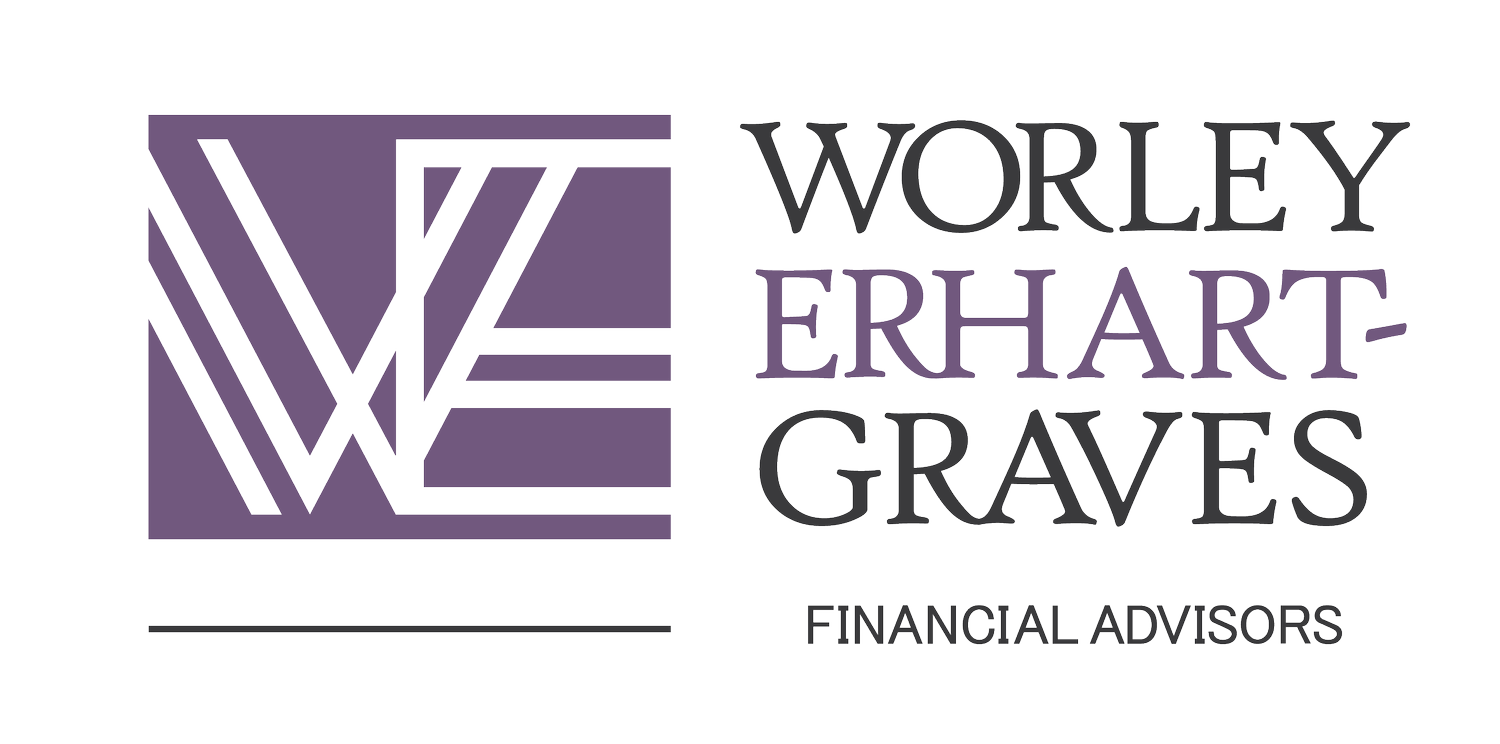What is Fueling the Rise in Homeownership?
/On average, over the past 50 years, 64% of the U.S. population has owned their own home. This is true, except for the years between 1995-2012, which represents the rise and fall of the housing bubble during which homeownership peaked at 69.2% in 2004. On reflection, some economists concluded that 64% of Americans owning their own home and 36% renting was the norm and a reading above that may be cause for alarm. But in the second quarter of 2020, homeownership edged its way back up to 67.9%. So, should we be concerned that history may repeat itself?
The difference this time is that homeownership has not increased due to subprime mortgage loans being issued by banks. Instead, it’s due to historically low interest rates causing debt-to-income ratios to be competitive enough for mortgage applicants to qualify for a mortgage. Those who did not qualify for a mortgage before, now do in many cases.
• This upward swing in home ownership coincides with the population shift of renters that are now homeowners. The surge started in 2015 but really got its legs from 2017-2020.
• All races and ethnicities increased their position of homeownership from 2015 to 2020, with White homeownership increasing by approximately 4.64%, Blacks by 7.93%, and Hispanics by 11.50%.
• All age groups benefited from historically low mortgage rates with the largest increases in the under 35 and 35-40 age groups.
At first, many thought homeownership would fall due to COVID. In fact, in the second quarter of 2020, housing demand whipsawed from down 41% to up 40% year-over-year. So, what happened? When we took a second look, we found that most of the unemployment was in the service industries, such as leisure and hospitality, restaurants, bars, hotels, travel, entertainment, retail, etc., which tend to have a high percentage of workers that rent their home versus buying. This means homeownership wasn’t hit as hard as everyone thought it would be.
Many of those that kept their job during COVID are now working from home with family in tow—the first time with everyone home 24/7. Families found themselves clamoring for more space and ended up buying bigger houses in the suburbs, which opened smaller starter homes for first-time home buyers.
Millennials, who have been known for putting off settling down, are now buying their first home. With mortgage rates so low, they have found their entry point into homeownership. And then there are the Baby Boomers, which are the largest group of homeowners. Boomers are having a major impact by staying healthy and living longer in their homes than ever before. In fact, the increase in “gray divorce” has more second homes being purchased.
All this leads to the fact that homeownership is not currently experiencing an affordability crisis. We will, however, have to keep a close eye on it until this health scare is over and our economy is back to running at full capacity.






